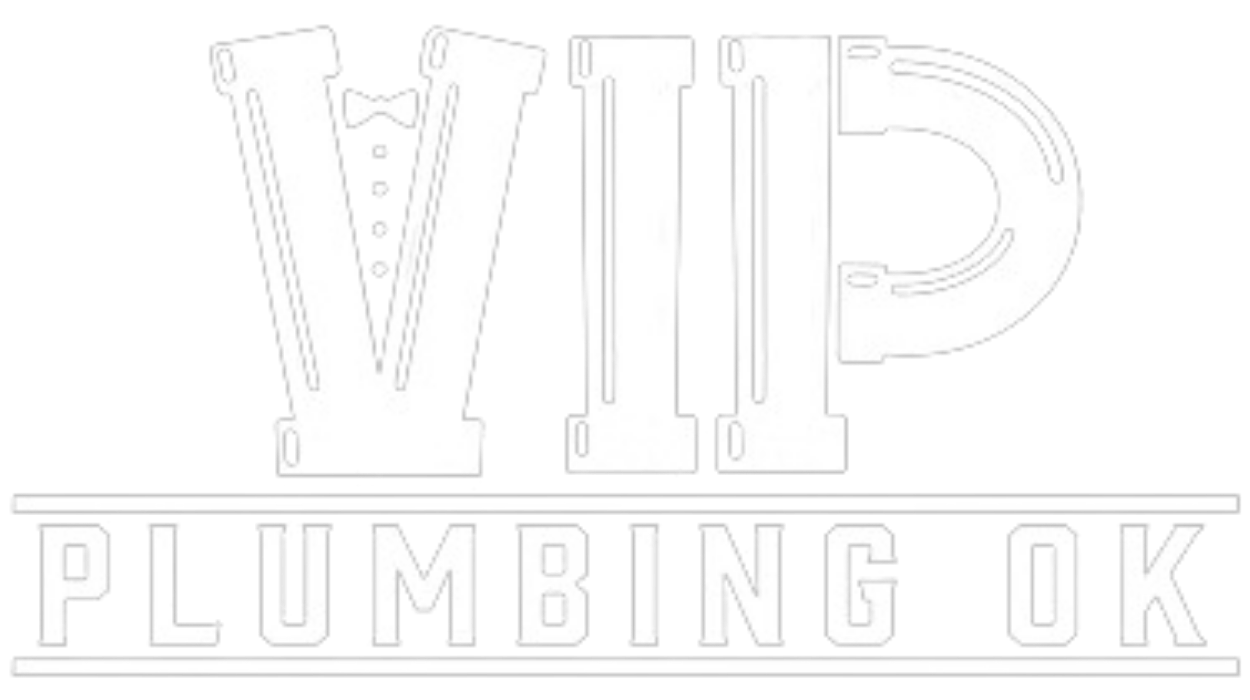Buying a home is an exciting adventure filled with anticipation and joy. However, purchasing a home with hidden plumbing concerns can quickly turn your realized dream into a nightmare. It is a wise buyer who takes the time to thoroughly inspect the plumbing system with the help of an experienced and skilled plumbing company in Oklahoma.
In this article, we will look at the entire plumbing system from incoming fresh water supply lines to the drainage system, hot water heater, and related plumbing fixtures, and explain what to look for when considering the purchase of a home. With the help of a trained professional, you can go to settlement with the confidence and peace of mind that comes with doing your due diligence. This checklist can act as your guide during your investigation.
Incoming Water and Related Issues
First, let’s evaluate the water lines coming into your home, their common plumbing issues, and what to look for when buying a new property.
Water Supply Lines
Much of your plumbing system is out of view and hidden behind walls and ceilings making it difficult to detect plumbing issues early before they become serious issues. Luckily, some important components are visible so taking the time to visually inspect these can go a long way in determining the health of the home’s plumbing system.
Methodically go through each bathroom, the kitchen, the laundry area, and anywhere else where water supply lines are easy to see. Open cabinet doors under sinks and peer into access panels behind shower plumbing to look for loose joints and leaks.
Inspect the main shutoff valve for the entire home to be certain you can open and close it effortlessly. Continue this type of inspection on each individual shutoff valve and check to be certain none are leaking or frozen.
Insulation Matters
Water supply lines, especially those that travel through unheated attics or basement spaces, are prone to freezing during colder winter temperatures. Insulating these pipes is an inexpensive but effective method to prevent frozen pipes and it cuts down on condensation in the warmer months.
Sewage and Wastewater Systems
Next, we will evaluate the drains and sewer lines that are responsible for removing waste and dirty water from the home. Remember, in plumbing, what comes in, must go out!
Drains
Every sink, tub, shower, and water-using appliance and fixture comes equipped with a drain to carry away waste and wastewater. These drains carry away the waste and deposit it into the sewer or, for private waste disposal systems, the septic system. Although these drains are only visible at their openings there are methods for inspecting the integrity of the drainage system in your potentially new home.
Begin your inspection by visually examining the areas under sinks and around toilet bowls for drain leakage. Look for staining on nearby walls or for water damage on the ceilings below the bathrooms and laundry areas. Single drains that are slow to empty probably indicate a small clog. Multiple drains with plumbing problems may indicate an issue with the sewer line.
Toilets, Sinks, and Tubs
Fill every sink and tub with water and then watch as you release the plug. Does the water drain properly without any slowness or gurgling sounds? Smell the drains for foul odors and visually check the water for discoloration or any other aesthetically displeasing qualities.
Listen for running water in toilet tanks. Toilet leaks are responsible for the highest water waste in residential properties. Flush the toilets to be certain they flush with enough force to clean the bowl and refill appropriately.
Sewer System
Request a professional video sewer line inspection by an experienced plumber who can assess the sewer line deep below the home to look for clogs, damage to the sewer line, or tree root intrusion. A video sewer line inspection will also reveal bellied or collapsed sewer lines and provide detailed information about the overall condition of the sewer system. A sewer inspection is vital in determining whether you should purchase a particular home.
Plumbing Ventilation
As water runs through plumbing pipes a vacuum is created. To keep the water running smoothly, air is needed to push the water as it replaces the vacuum. The air is provided through the vent stack. The vent stack is a vertical pipe that runs from the drain line at the lowest point in the house up and out through the roof. A vent stack not only supplies the necessary air to keep plumbing pipes moving, it also provides an escape route to let out sewer gasses that waste can leave behind.
A clogged vent stack will cause water to collect and stagnate in pipes. If too much fluid builds up the wastewater will reverse direction and flow out of plumbing drains in sinks and toilets. A vent stack inspection should be on every buyer’s checklist.
Water Heaters
Traditional water heaters have a lifespan between 8-12 years. Typically a sticker will be applied denoting the water heater installation date. Using basic math you can determine the age of the heater. Ask questions of the current homeowner about the maintenance that has been done to the heater including the last date the storage tank was flushed.
Water heaters are prone to corrosion so request a professional to examine the anode rod used to protect the heater from hard water minerals. Run the water to check the look of the water flowing from the tap. Is it discolored, cloudy, or full of particles? These conditions need to be addressed.
Hopefully, the storage tank has an insulated blanket to keep the hot water hot. If not, you could request the tank be insulated as part of your home-buying offer. Other things to look at are the sizing of the water tank to be sure it adequately meets the demands of the home you are considering. Check for obvious leaks and any signs of rust.
Water Pressure and Temperature
The water temperature should be looked at. First, make certain the thermostat on the water heater is set to between 118-124 degrees. Open a tap and allow the water to run for several minutes testing the temperature with your hand. If the water stays consistently hot then you have nothing to worry about. If, however, the water temperature fluctuates, call in a professional plumber to investigate the cause.
Water pressure is a key factor to look at when purchasing a home. Water that is low in pressure wastes your time when trying to complete routine tasks and can become annoying. Low pressure can also be a sign of more serious issues best left to a professional to diagnose.
Unlike low pressure which can be bothersome, high water pressure can be destructive. Water that exceeds the PSI rating of 80 is considered high and can destroy plumbing systems, fixtures, and appliances shortening their lifespan considerably. High water pressure can lead to leaks or even burst pipes leaving behind a costly mess.
Plumbing Inspections Are Invaluable
There are some steps a potential buyer can take to evaluate the current condition of a home’s plumbing system before purchasing it but given that this is probably going to be the largest purchase of your life you may want a professional opinion.
A trained and experienced plumber can use their expertise to pick up on barely visible problems, anticipate what could be coming, and offer either peace of mind or a strong warning not to buy a particular home following a thorough plumbing inspection.
Trained in using specialized equipment such as a video camera, a professional plumber can look at the plumbing system from the inside out evaluating the types of pipes installed and the overall condition of the plumbing system. This could likely be the very best investment a buyer could make.
Need A Home Plumbing Inspection In Oklahoma?
In conclusion, buying a home is a major investment of time and money. We have offered a checklist of plumbing components that should be investigated to ensure the home you may be buying is sound and worth the investment. Engaging the services of a plumbing company you can trust and rely on for years to come is an essential first step in the home-buying process.
Contact our team of plumbing professionals today to schedule a home plumbing inspection service. We can help you identify major plumbing issues before you buy that next home!

